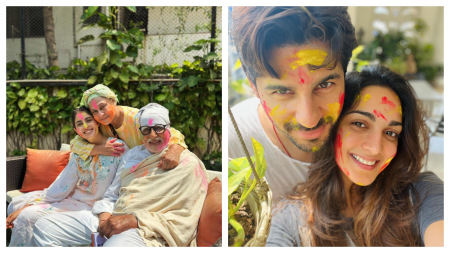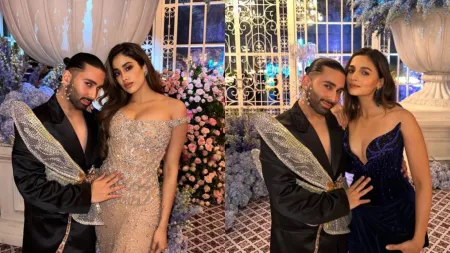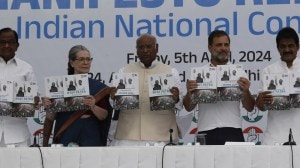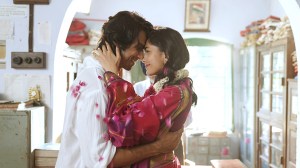- India
- International
Parapar (Bengali) / Trivialising a sombre issue
It is difficult for a director to come out of the shadows of a mentor like Rituparno Ghosh
 Ahmed Rubel and Rituparna Sengupta in Parapar
Ahmed Rubel and Rituparna Sengupta in Parapar
Story: Moti Nandi
Script and direction: Sanjoy Nag
Production: Purti Entertainment Pvt. Ltd.
Music: Sourendro and Soumyojit
Cast: Bratya Basu, Rituparna Sengupta, Ahmed Rubel (Bangladesh),
Paoli Dam, Shenjuti Mukherjee and others
By Shoma A. Chatterji
It is difficult for a director to come out of the shadows of a mentor like Rituparno Ghosh. For Sanjoy Nag, who made his debut with Memories in March, the Ghosh stamp was overpowering. In his latest venture, Parapar, Nag has been able to establish his independence as a director.
Parapar relocates Moti Nandi’s original story to contemporary Kolkata placing it against the backdrop of the Nirbhaya rape case and its aftermath in December 2012.
Rudra Chatterjee (Ahmed Rubel) is released from a 14-year-long sentence on grounds of good behaviour. His wife Damini (Rituparna Sengupta) is forever in conflict about her husband’s guilt and afraid that the truth about their father will be revealed to her growing children. Rudra was accused of murdering his childhood friend Gopal (Bratya Basu) and of raping Gopal’s young and beautiful wife Urmila (Paoli Dam). Is he guilty? Do the ghosts of the past haunt the family? How does he make amends with Urmila when he goes back to the village mansion where she lives with her physically-challenged son?
Parapar opens with a surreal scene of a courtroom drama on the banks of a river where Urmila keeps mentioning some of the incidents during the rape. This functions like a metaphor in the film. Damini is disturbed with Rudra’s presence. While the son is aware of his father’s crime, the daughter, who is an activist in the Nirbhaya rape case, remains unaware. The twist in the tale is revealed in the end. Whether Rudra was physically attracted to Urmila or whether it was the other way round is unclear. Reality is quite different from what unfolds in the main story.
The actors have excelled. Rubel, in his Indian debut, is remarkable with his strong and dark screen presence as Rudra. Bratya Basu, as Gopal, gives a superlative performance making one wonder whatever made him get into politics. Rituparna Sengupta, as Damini, is in complete control, low-key, strong, assertive, but confused. Paoli, as Urmila, has the author-backed role and slips smoothly into the layered character as mysterious and seductive as it is strong. There are a couple of scenes that do not belong to the narrative especially those that concern Rudra’s meeting with a woman he seems to have known quite well.
The music is mind-blowing. The jatra metaphor blends into the structure bringing out the angst of a bitter Gopal who believes life has been unkind and unfair to him. Even though he is not physically present, Bratya’s presence in the film is felt strongly. Indraneel Mukherjee’s cinematography is outstanding, while Sanjib Dutta’s editing mixes the past and the present through effective fades, cuts and wipes, the colours standing out aesthetically.
However, the closure is an anti-climax, because it is revealed that no rape was ever committed on anyone nor did Rudra murder Gopal. Then, for Sanjoy, to take a piggy-back ride on the Nirbhaya tragedy falls flat on its face, because it is a false premise to base the story and somewhat trivialises the Nirbhaya tragedy. If this framework is taken away, Parapar is well worth the money spent – both on its making and watching it.
Photos
Apr 25: Latest News
- 01
- 02
- 03
- 04
- 05










































